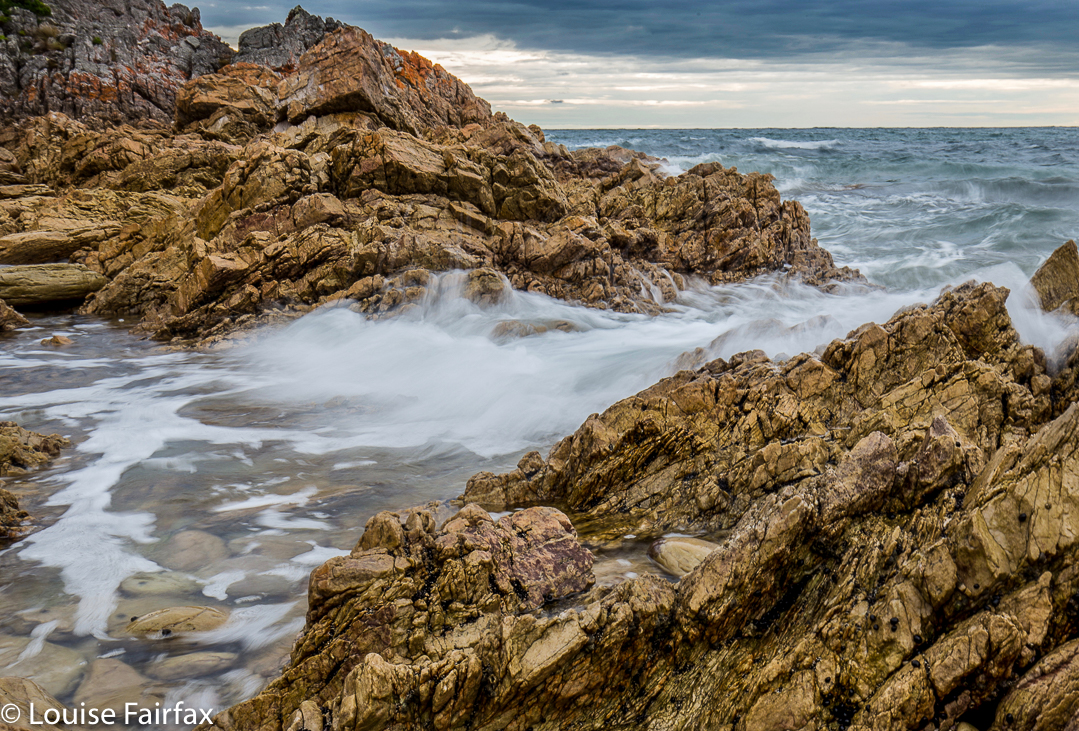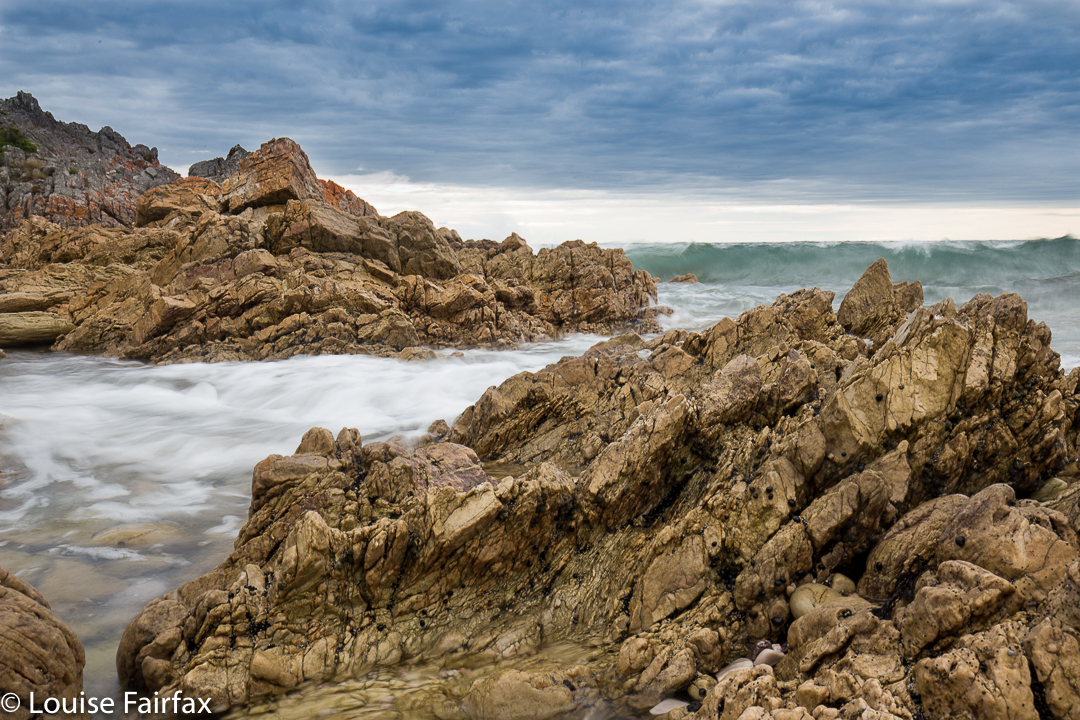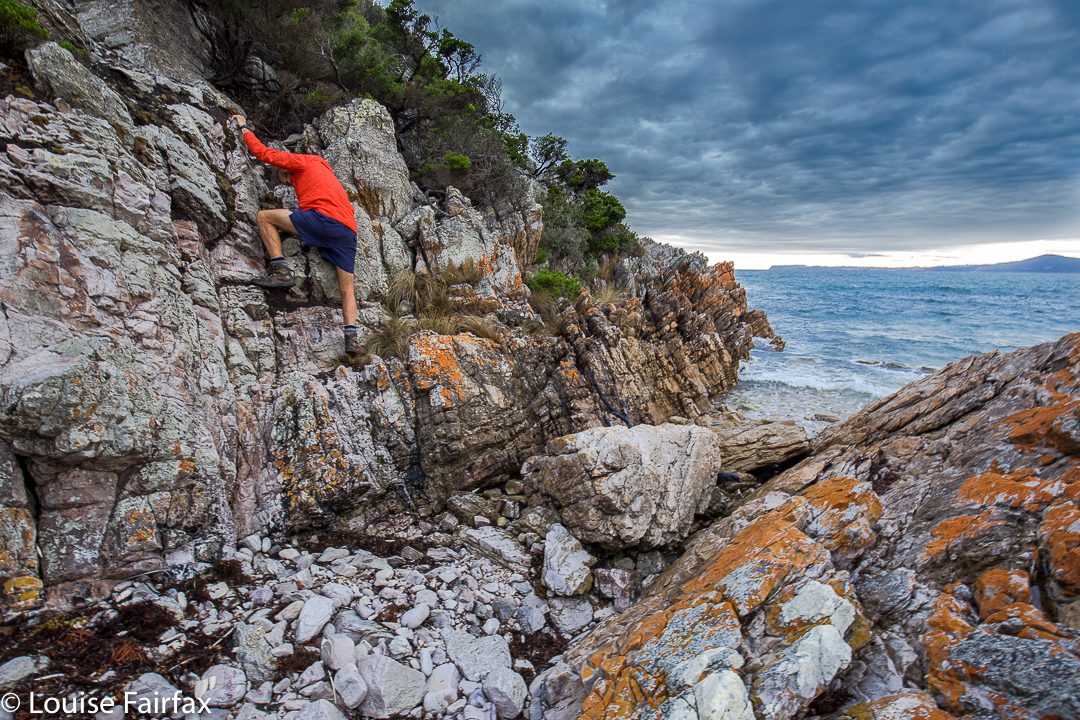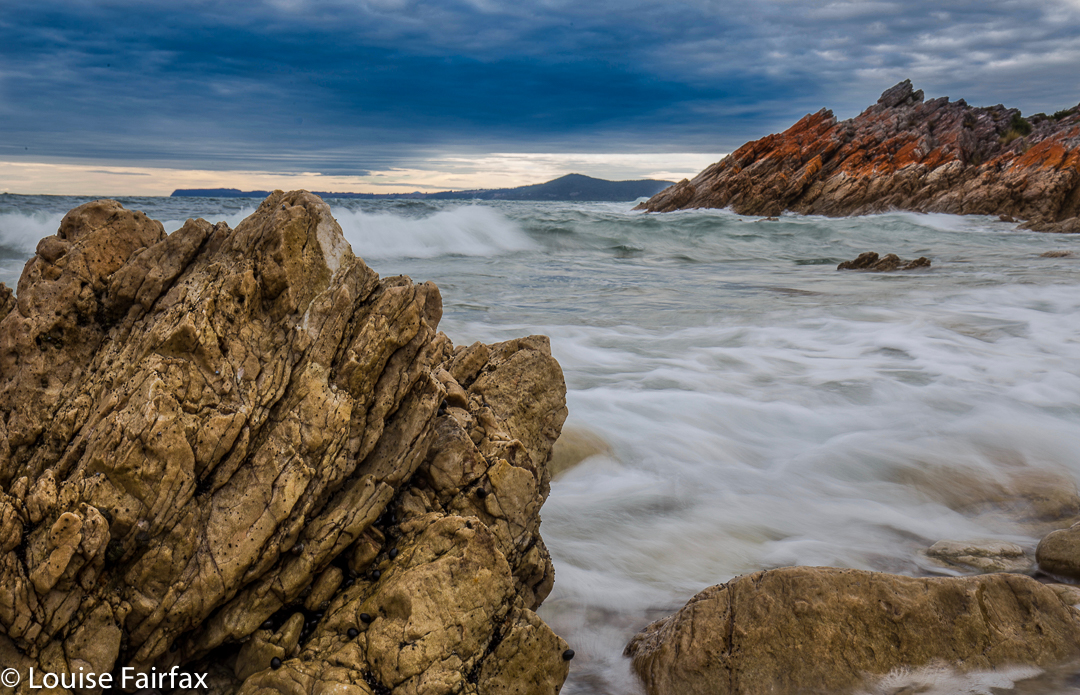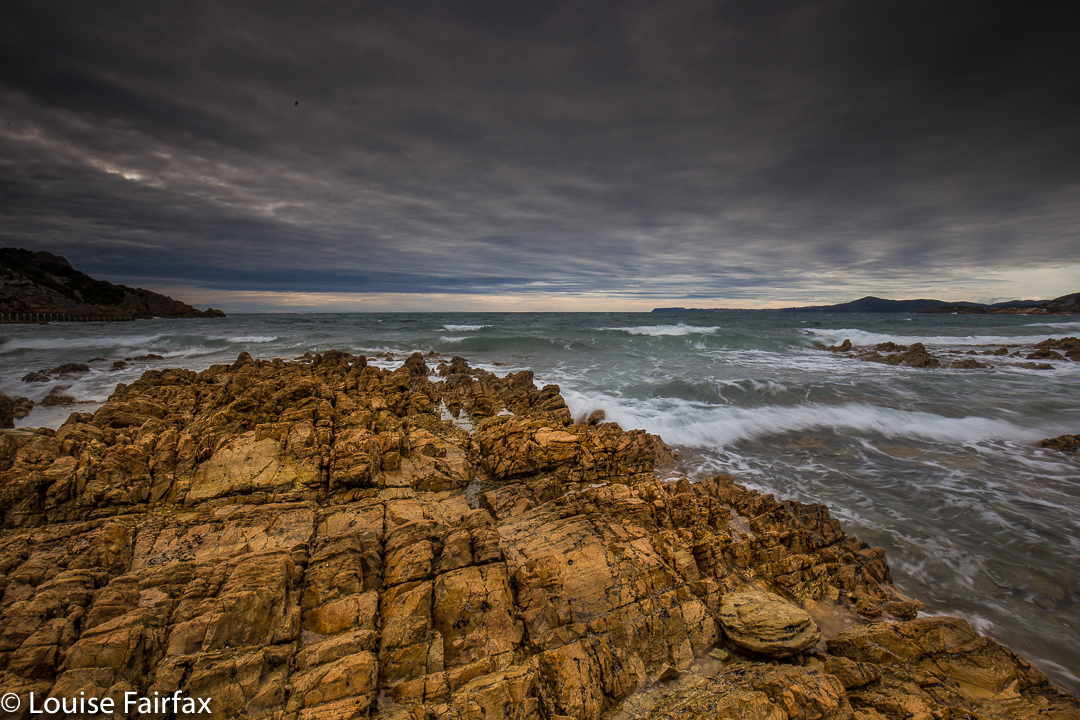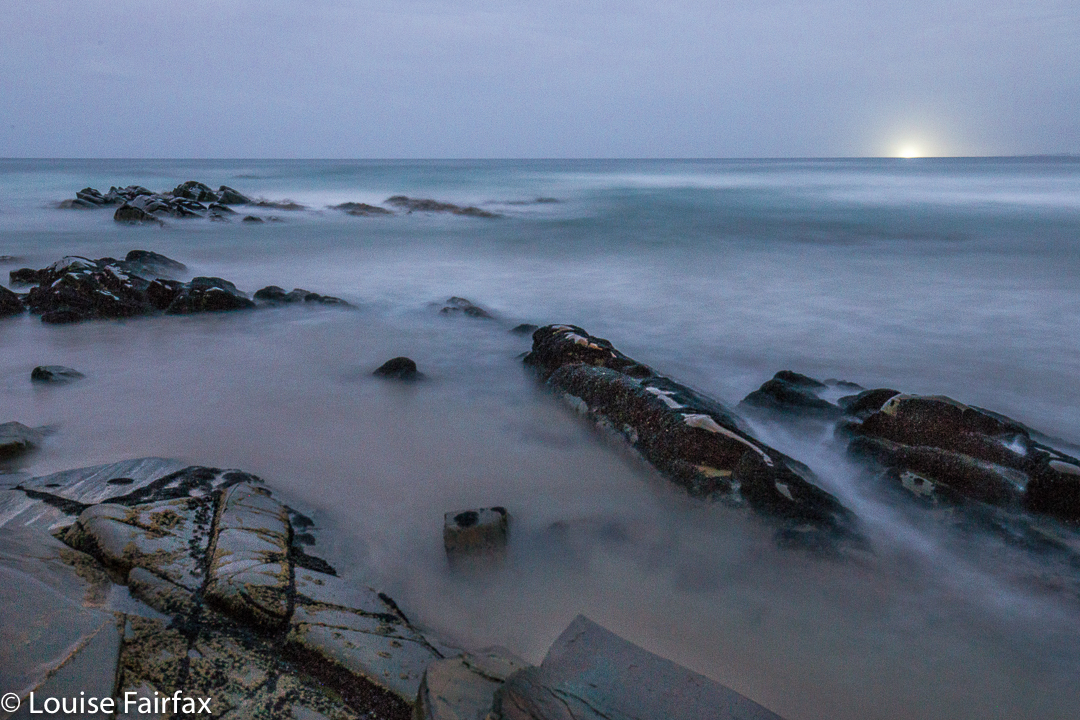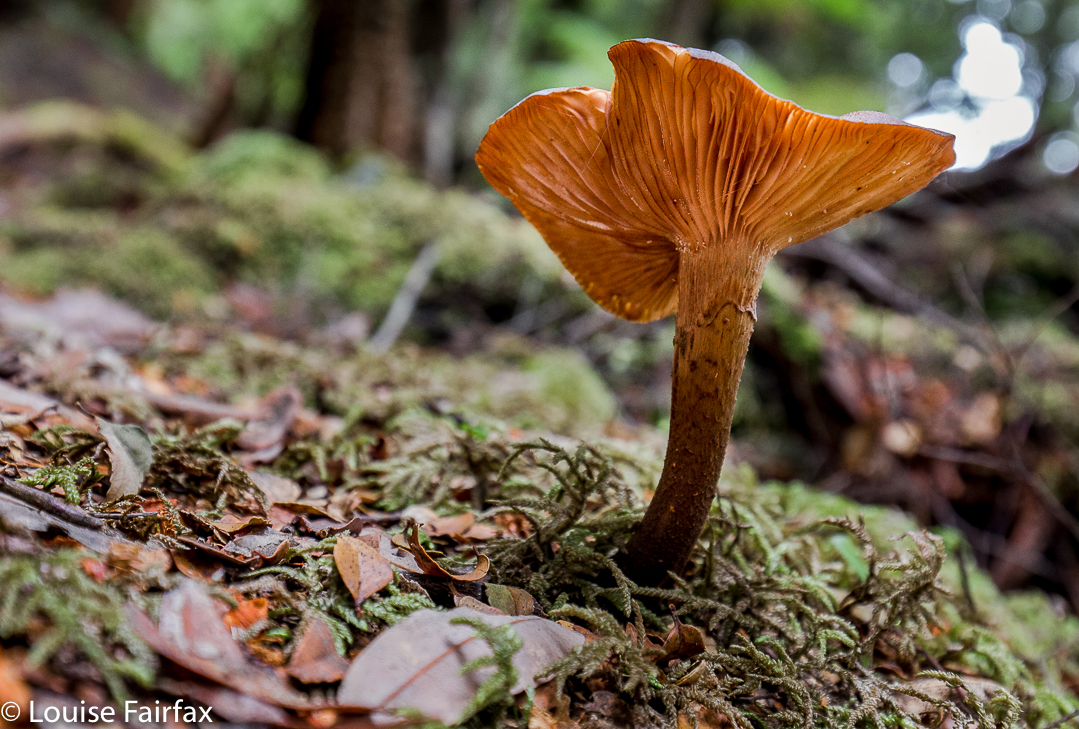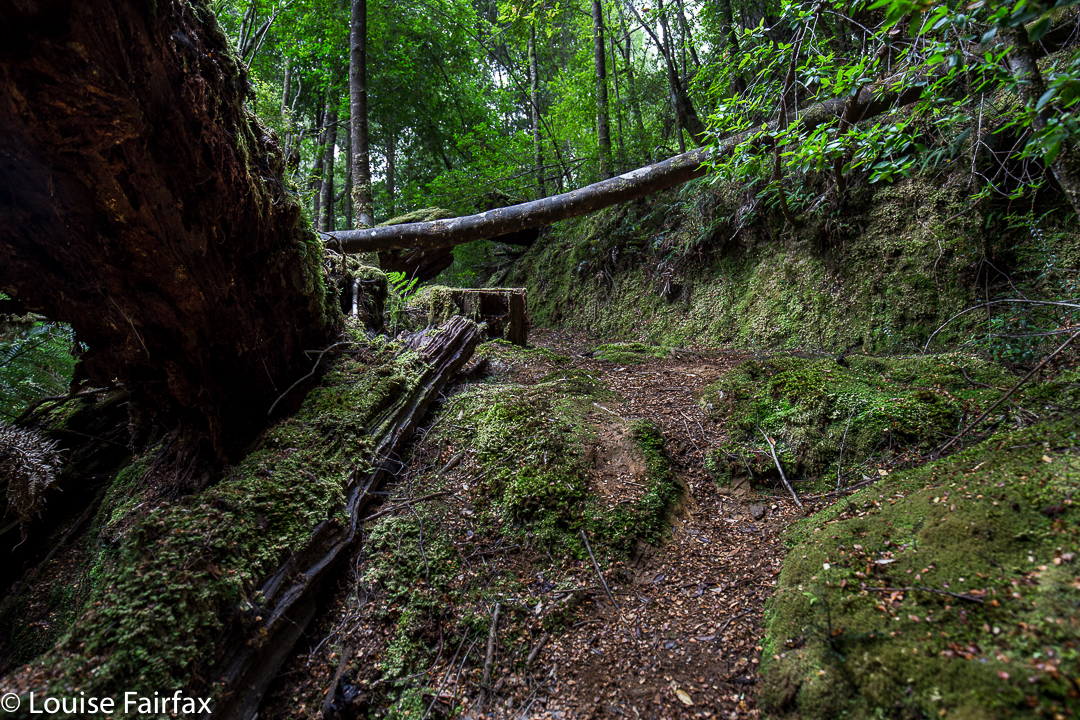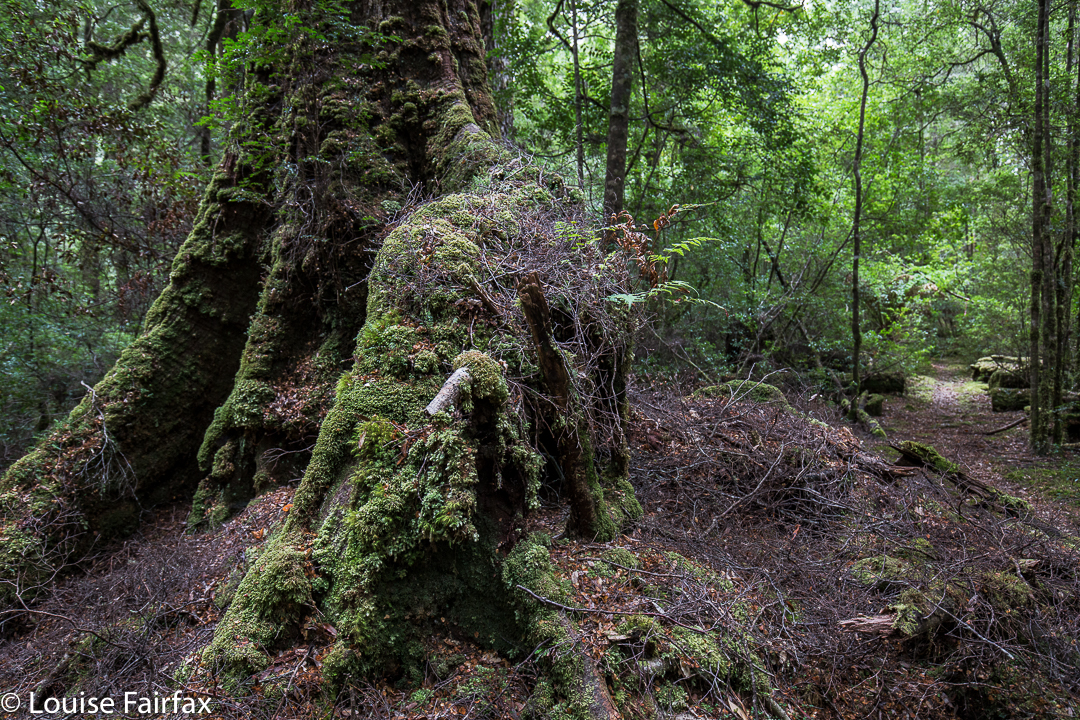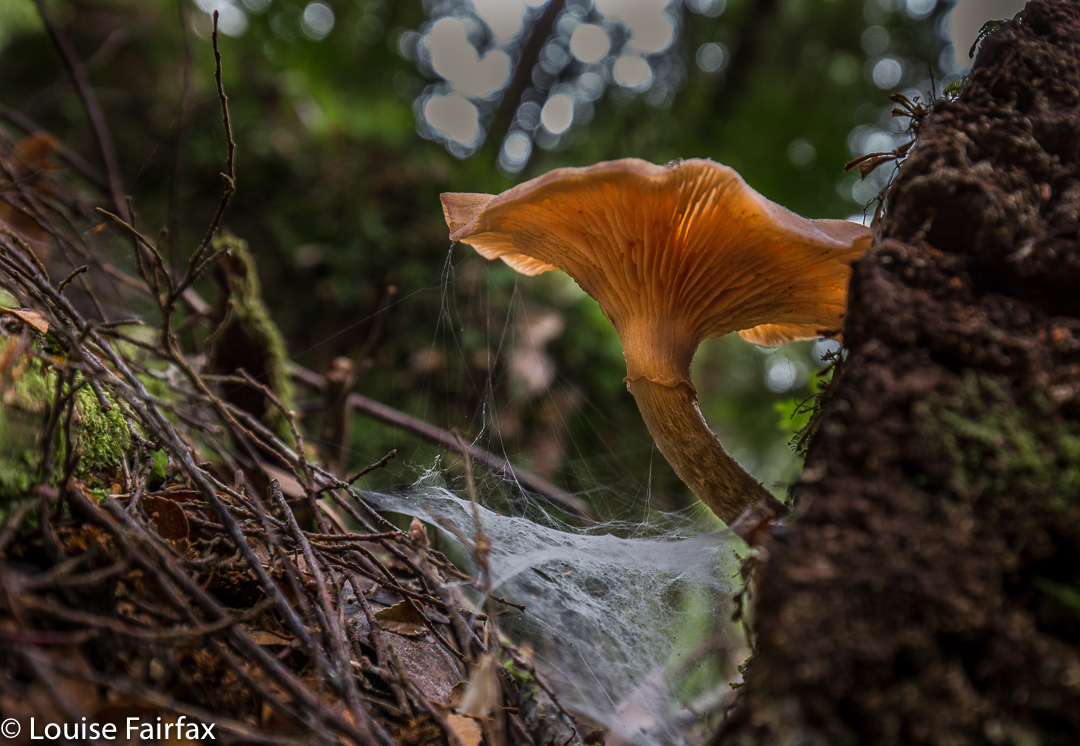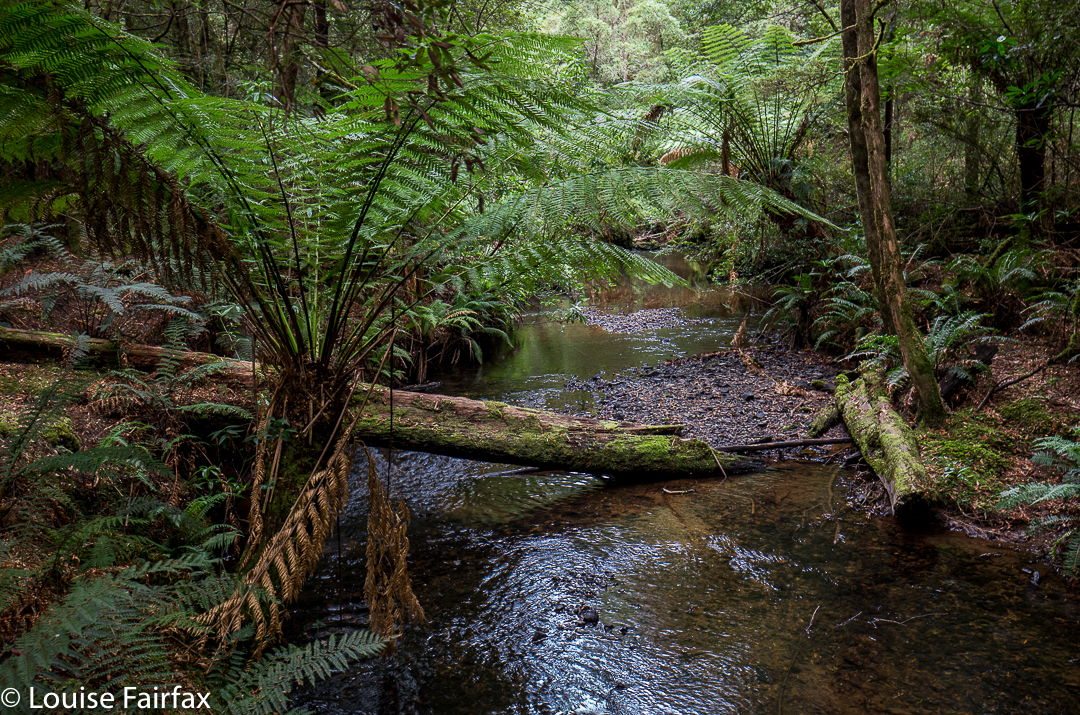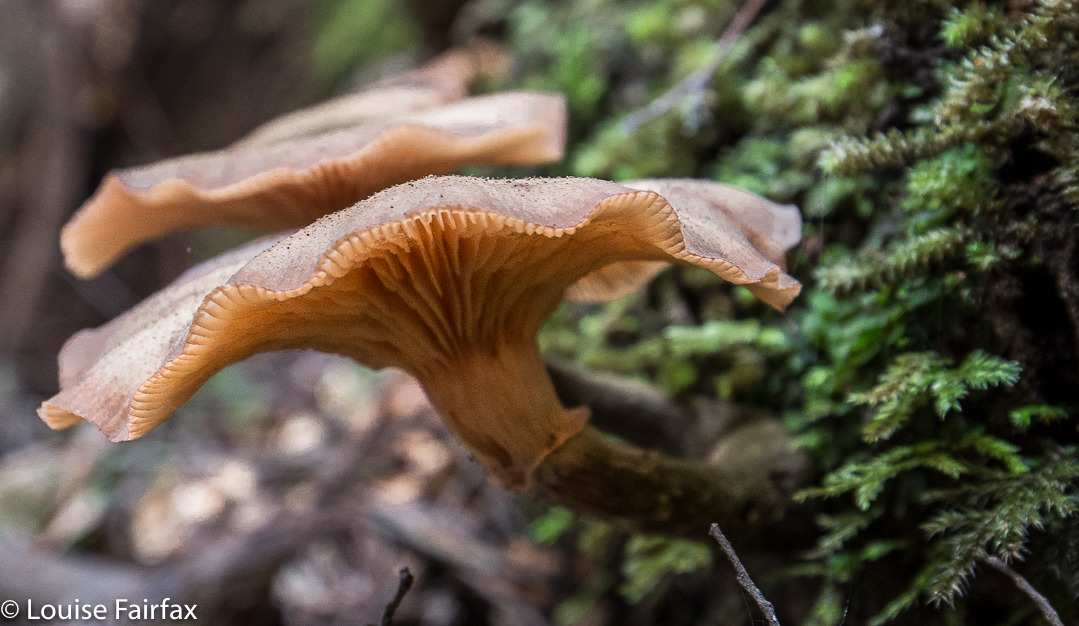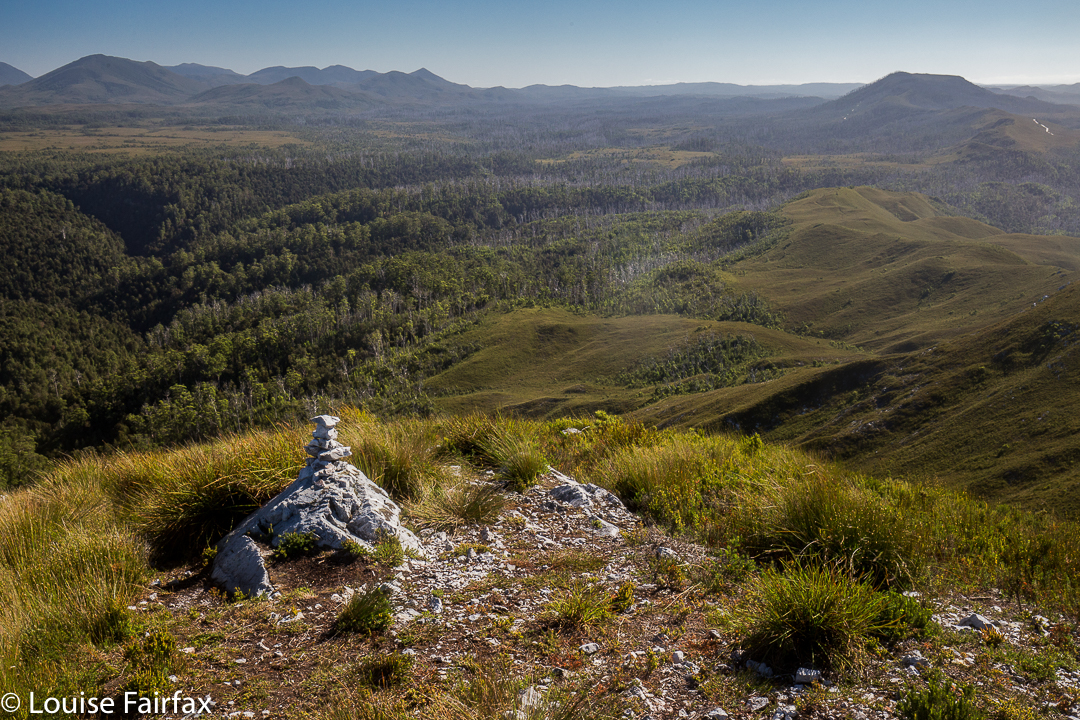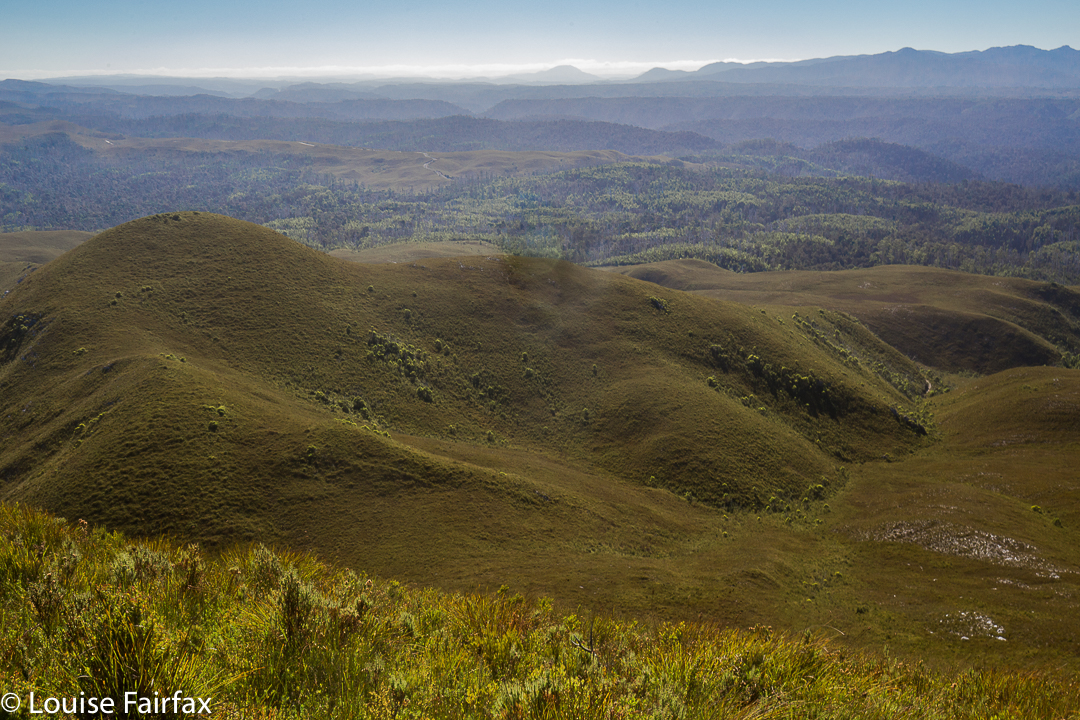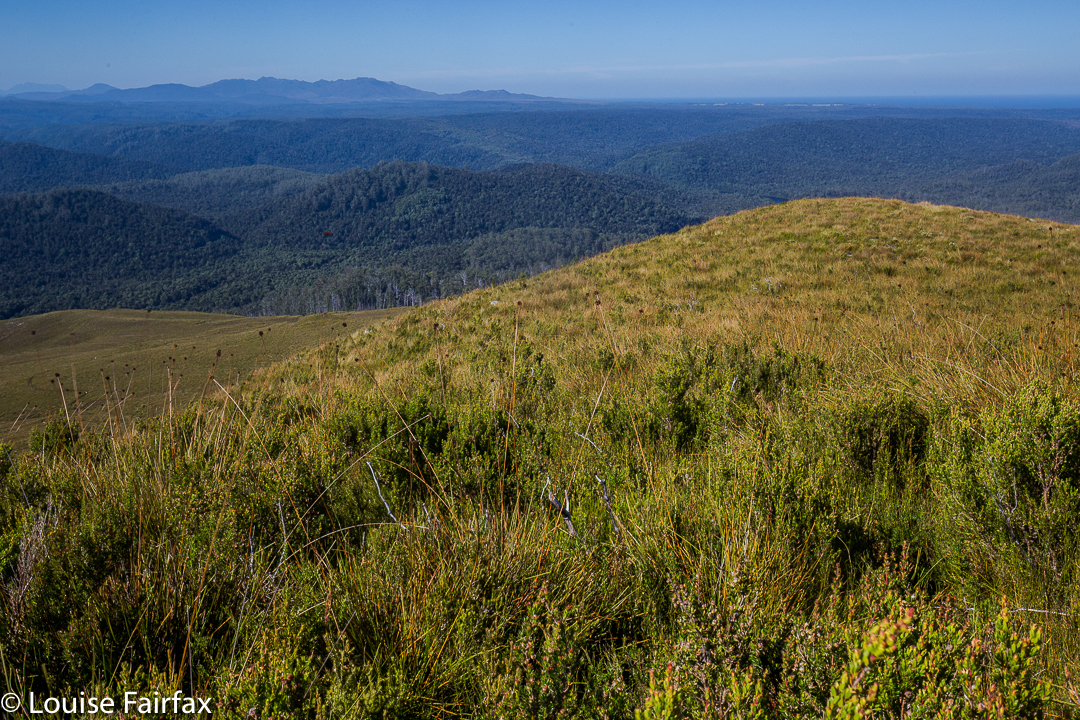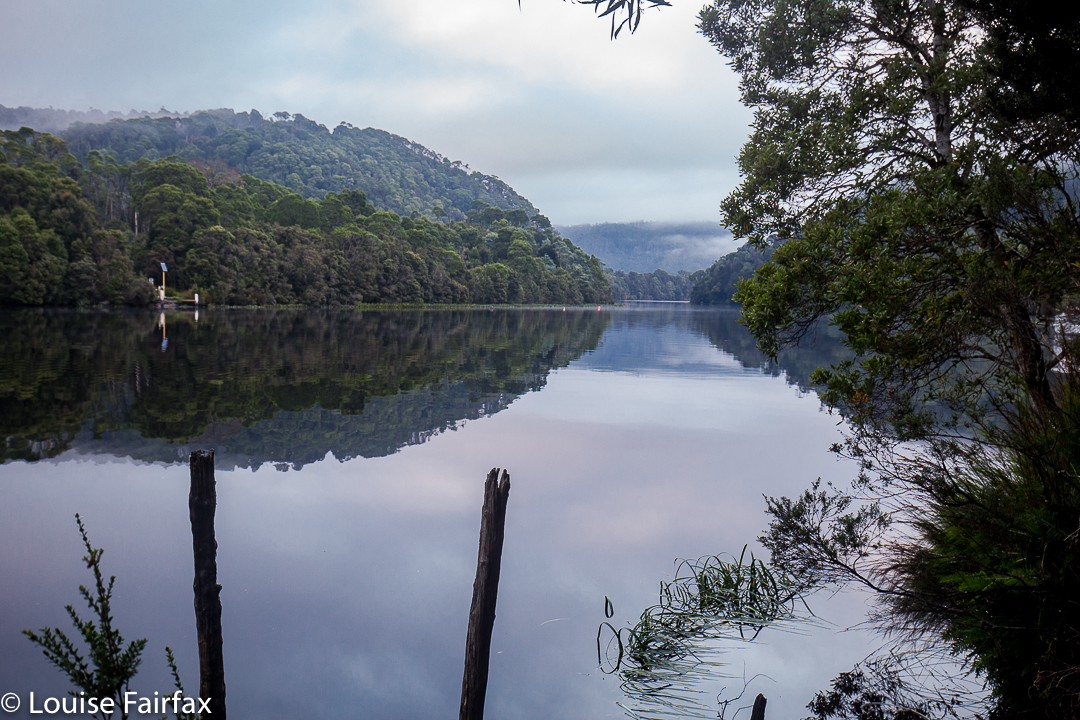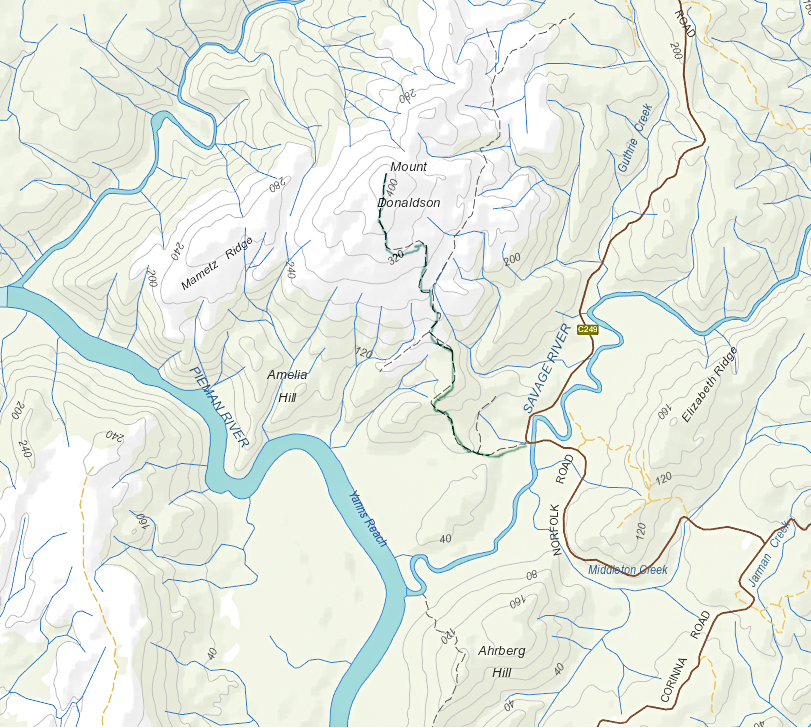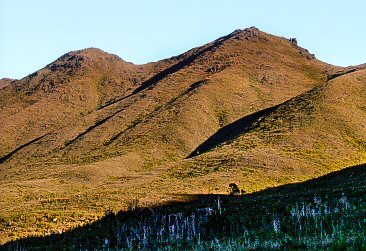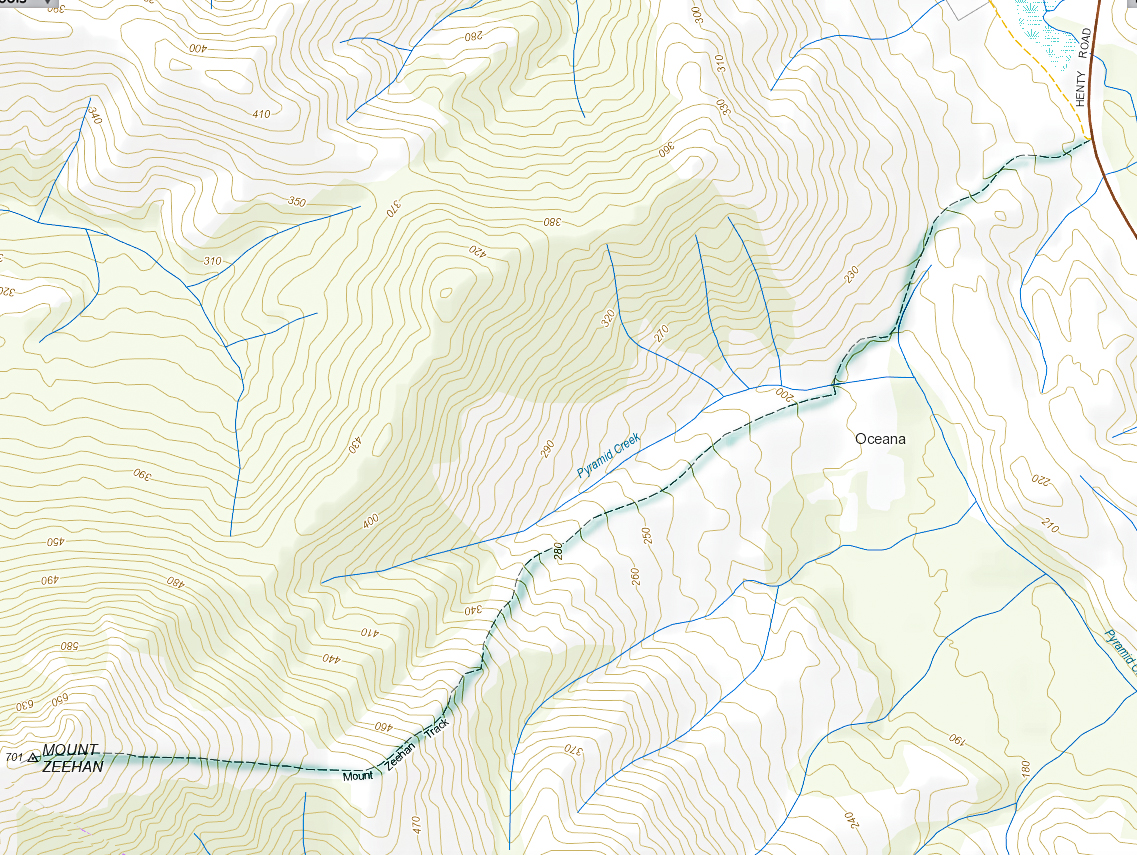
Most of us who love bushwalking do so because we love nature, and one of the things we love about nature is its ephemerality, and its unpredictability. We can never count on a repetition of a beautiful moment. Its adventitious arrival thrills us precisely because it cannot be arranged or designed by us.


We always feel ourselves particularly blessed to have been allowed to see such a spectacle. But equally, and because we do not get to boss nature around, it sometimes throws weather or events at us that are perhaps not what we would have ordered had we been allowed to do so. We have to accept this aspect of nature as well as the parts we revel in – and, in fact, many of us take a perverse delight in the wild side of nature anyway, knowing it’s part of the whole package that we adore.

Those of us on the recent HWC expedition to the Western Arthurs had to take this on board. Our intention had been to traverse the whole range. For several of us, this was not the first, or even the second, attempt at doing this. First, we had to delay our start by two days because it was snowing and freezing up there, making it unpleasant and even dangerous in spots. And then, while we were up there, new weather reports promised a repetition of this, combined with howling winds. This was not a week to be doing tricky climbing, or to be camping up high. We put our tails between our legs, and retreated, yet again thwarted by the conditions. I don’t mind being out-trumped by nature. I like to think humans are demonstrably not as grand and in control as we presume ourselves to be. Perhaps a little more (and helpful) respect for forces greater than ourselves can emerge from such encounters.

So, what are some results emerging from this weather, other than our turning around and doing yet another descent of Moraine A? Well, all the rain preceding our trip meant that the notoriously muddy Port Davey track was in fine form, with excellent depths of black squelch to be fallen into by the unsuspecting walker, thinking that he or she was stepping onto a piece of ground (wet, black, sodden) like all the other bits of ground. Plomp. In they go. Boots, gaiters, pants all became coated in a thick layer of ooze. I couldn’t pull my overpants off when I got hot as mud filled the zip and it wouldn’t move. Oh well. The positive side of this is that carrying water was unnecessary: it was readily available at almost every step of the journey. (Despite this, tent sites were not too squelchy.)

One had to be very careful about where one pitched one’s tent, as the howling winds announced their presence in rowdy terms. The winds changed direction and force during the night too, catching out certain walkers that we met. Everything became just a little bit more difficult.
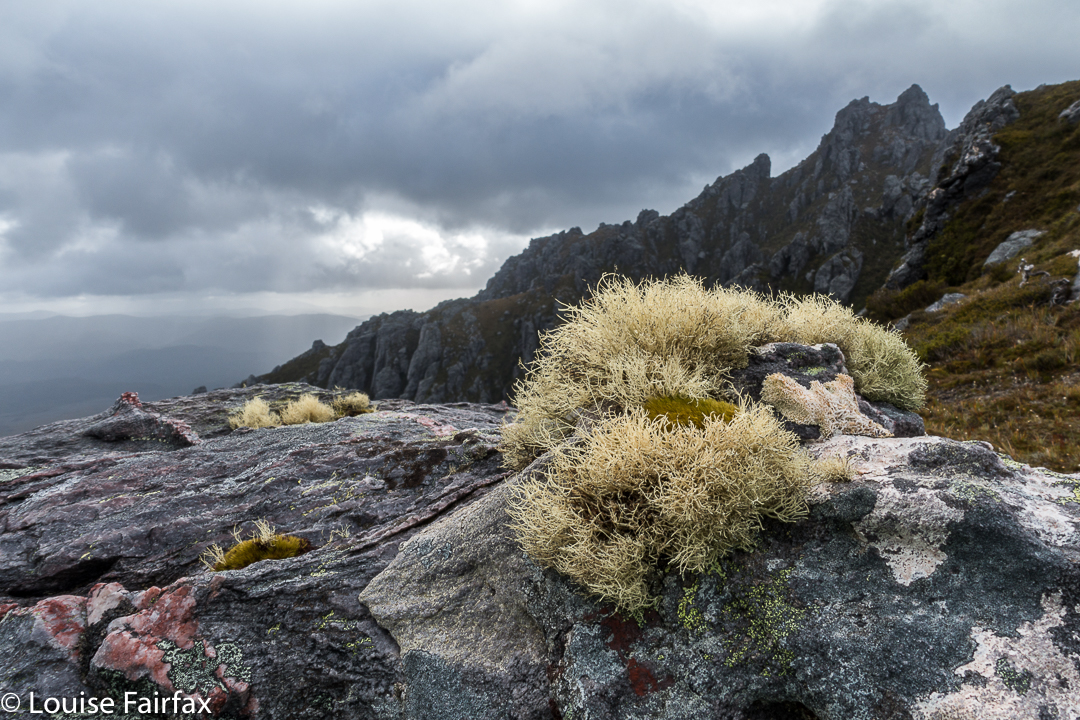
It was pretty cold for summer. The lakes did not score swimmers. In fact, my beanie was on my head for almost the whole time – day and night. My coat never came off once, and most of every day I wore both my padded coat and my Event Anorak to keep out the wind. I also wore an icebreaker the entire trip.
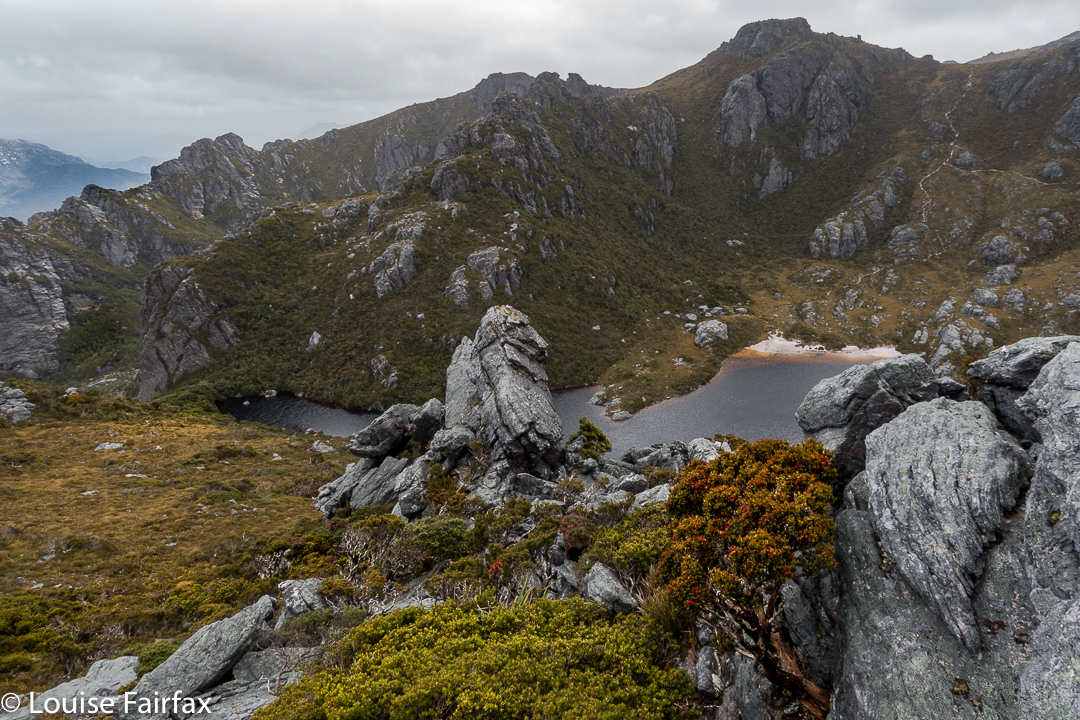
I would like to say that a positive aspect of this weather was moody mist and dark, interesting clouds. However, I must say that I found the sky difficult to photograph this trip: it was just a little bit too light, and, as I was on a supposedly long expedition, I hadn’t brought my full frame camera with GND filters to darken things down. I struggled to avoid washed out areas.
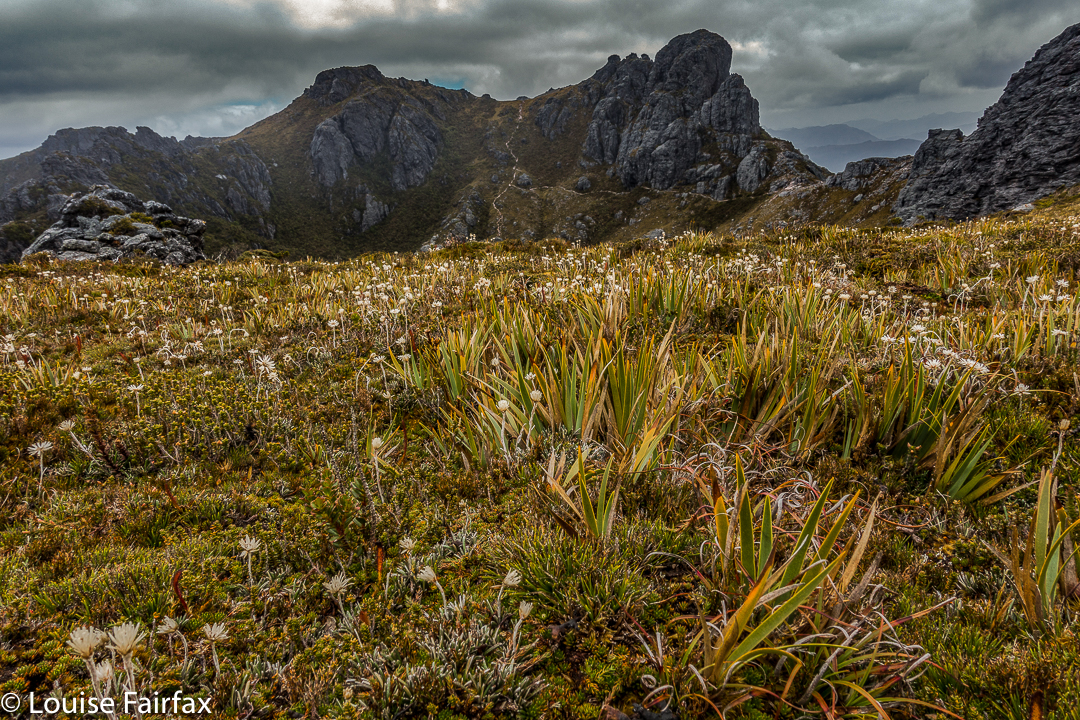
I didn’t get to climb any new mountains or tread any new paths, but, hey, a party that only has people you know is not a bad party. I reclimbed things, and explored areas that I knew more thoroughly. I also got to meet new people – both in our group, and amongst the others who happened to be camped near us, or whom we met on the track. Some along the track that I met wanted to complain about the mud, but, really, it is not such a bad thing, as it helps keep the numbers down, and to deter many of the people who couldn’t actually cope with the real Western Arthurs, the high, ferocious, untamed bit “up there”. (The severity of Moraine A also helps in this regard). Take away that mud, attract even larger droves of people in there, and the place will be ruined. It’s already overcrowded to a disturbing degree.
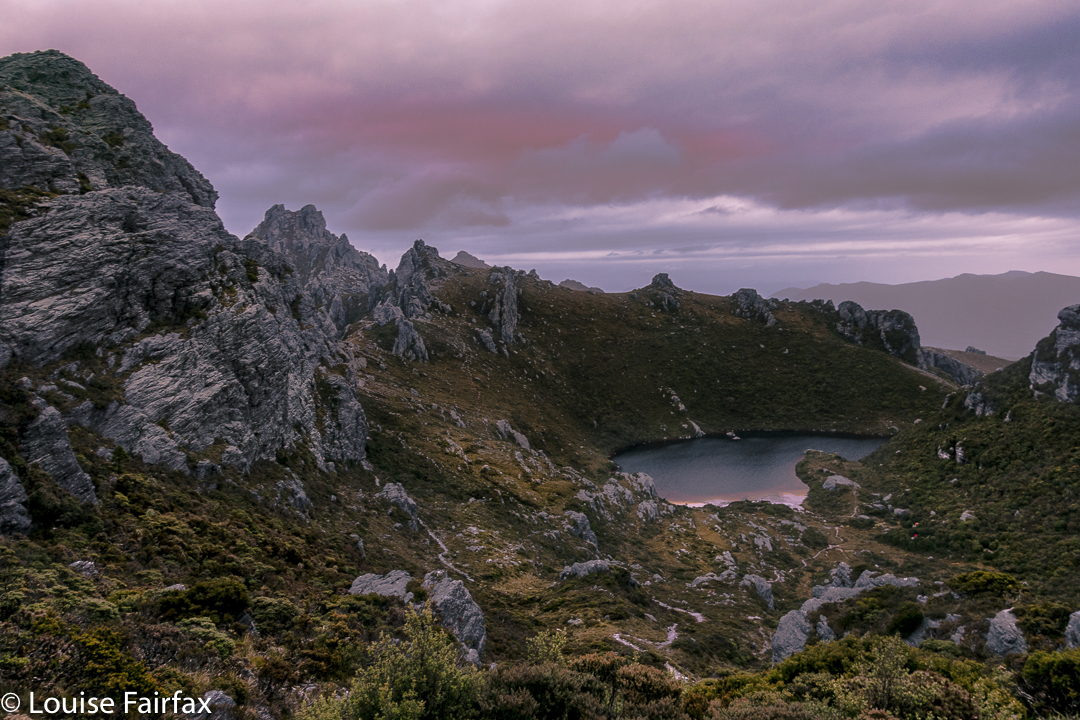
In the course of our trip, we encountered a walker without a map, one without any kind of a rain jacket, people using a kind of tarp-shelter rather than a tent, many people who didn’t own thermal or woollen gear but were relying on cotton garments to keep them warm, people who didn’t own down bags, and many, many people who had no idea of the weather reports. This area is too popular for some of its users’ own good, I fear. If you want to visit the Western Arthurs, do yourself a favour and go to a reputable bushwalking shop to discuss your gear, and please also consult the excellent website run by the Bureau of Meteorology, both before you leave, and in high places when up there, so you can get an update. Knowing what to expect, and reacting appropriately to bad reports, is very important. It goes without saying that a map and compass are essential. This is not continental Europe: there are no cute yellow signs up there, and there are no splashes of red and white paint on rocks. When the mist closes in, it is very easy to get totally disoriented, even with a compass! And once the bad weather arrives, you may not even meet anyone who can help you, as they will be either sheltering in a tent somewhere, or they will have cleared out, to try again another time.

